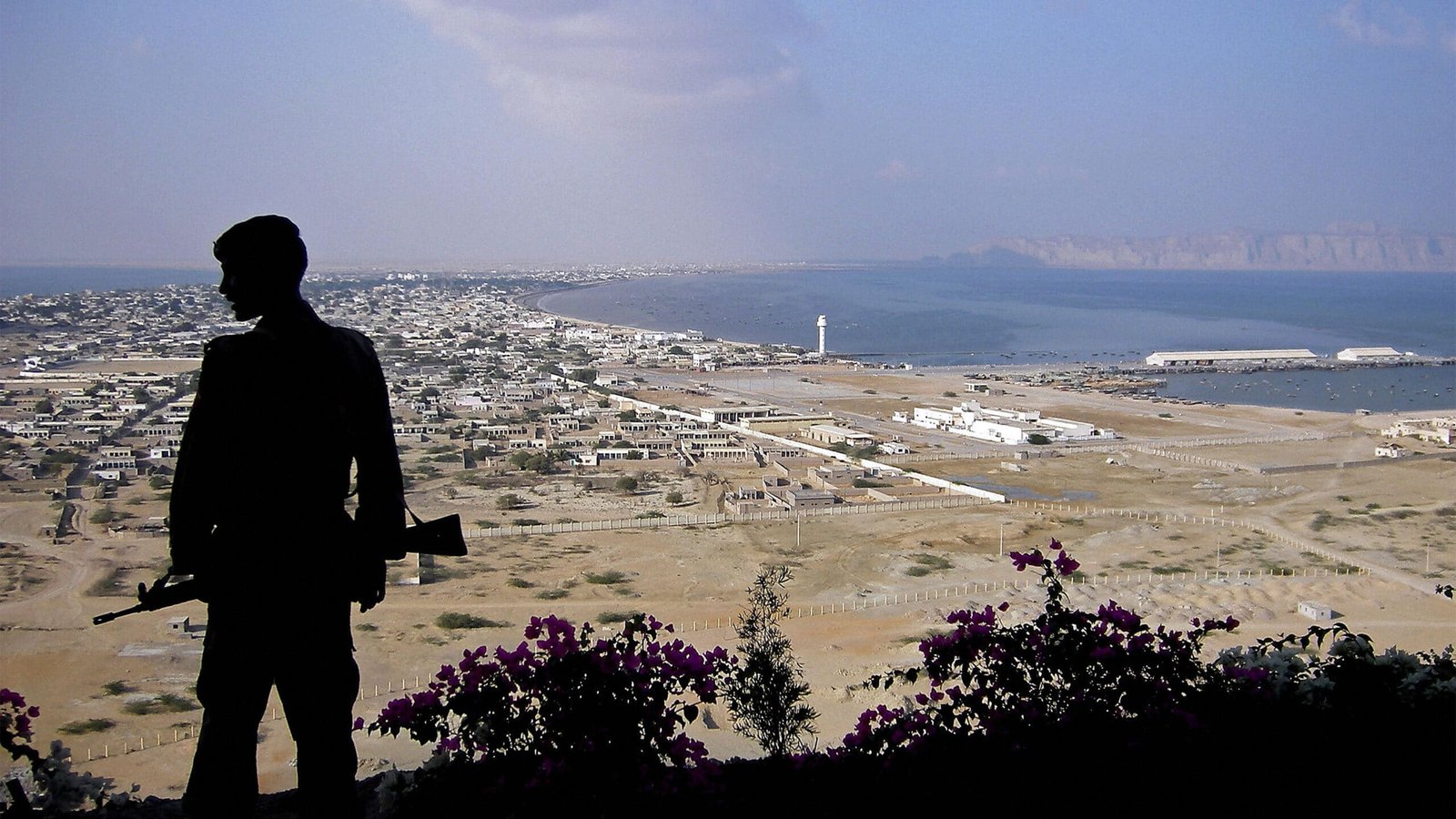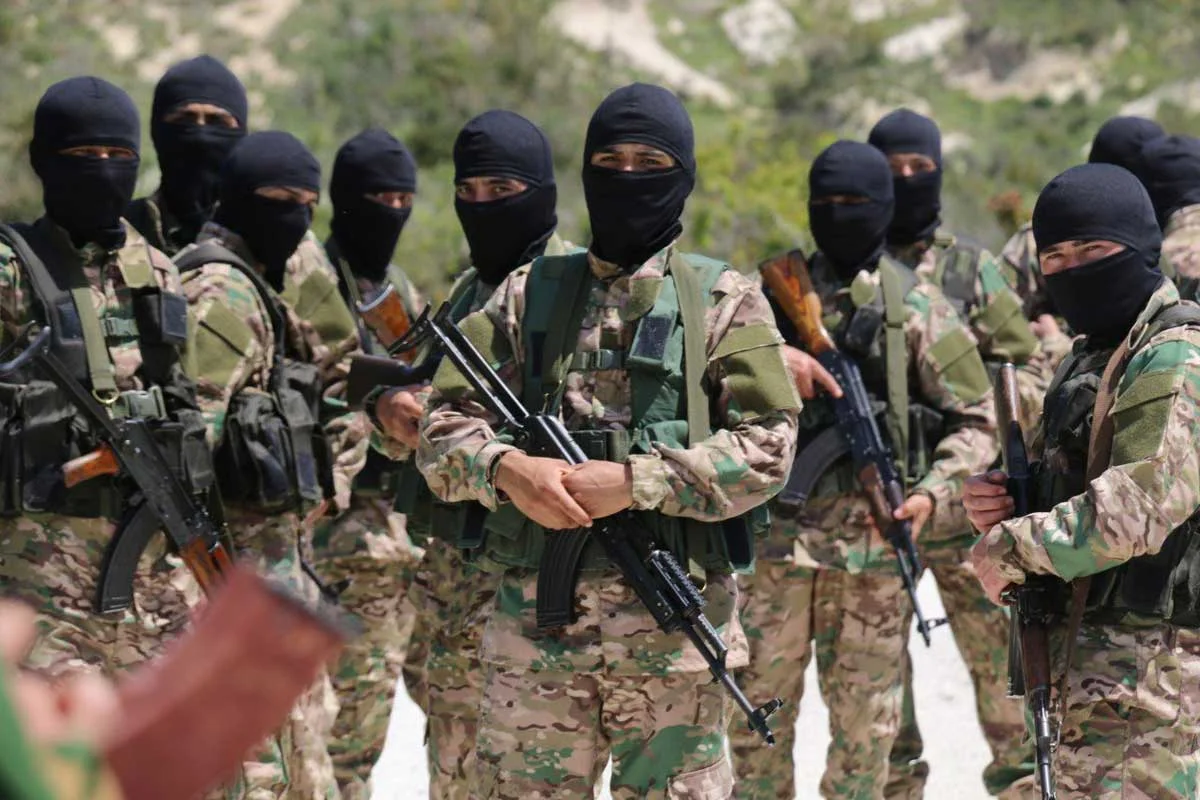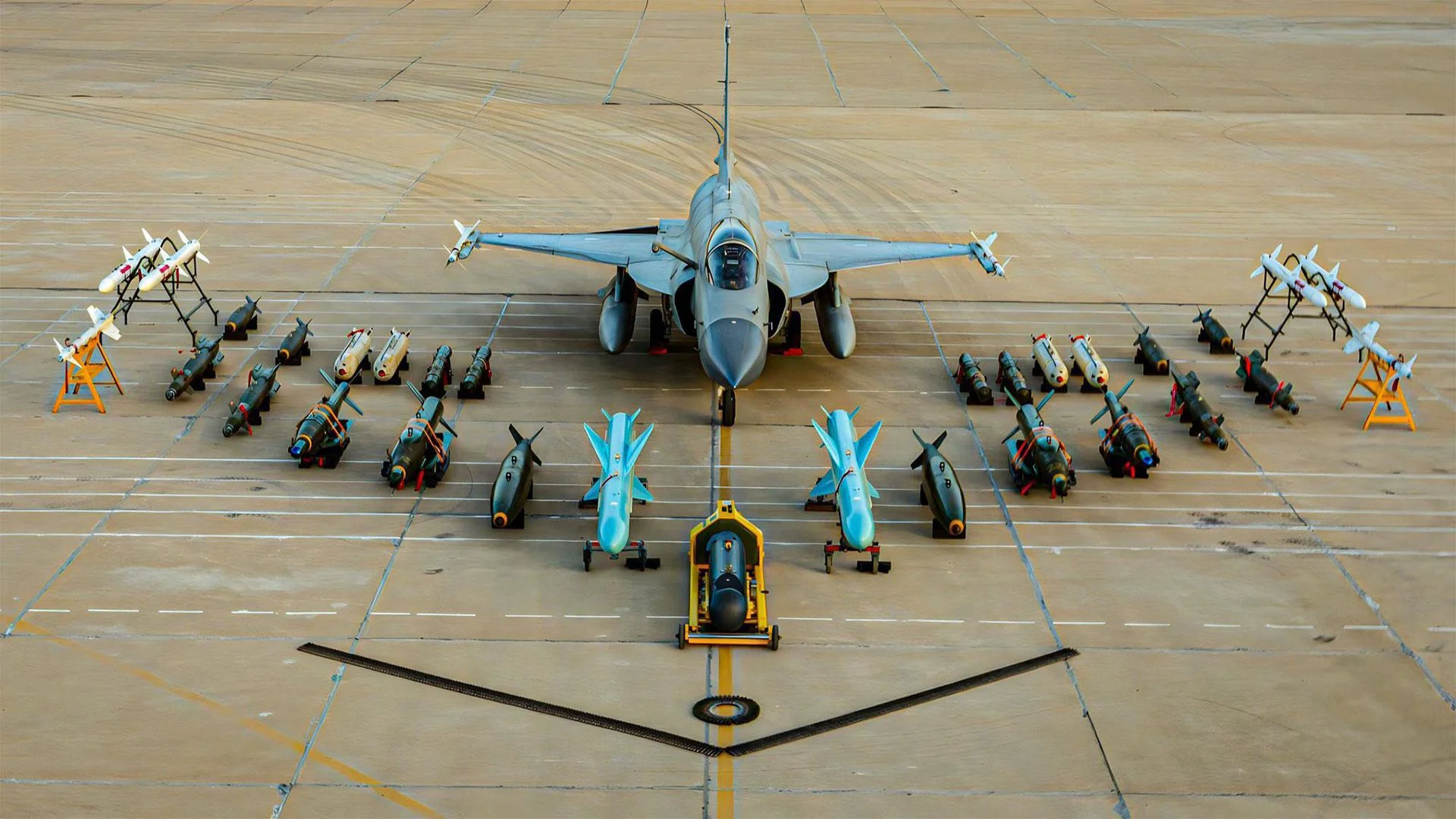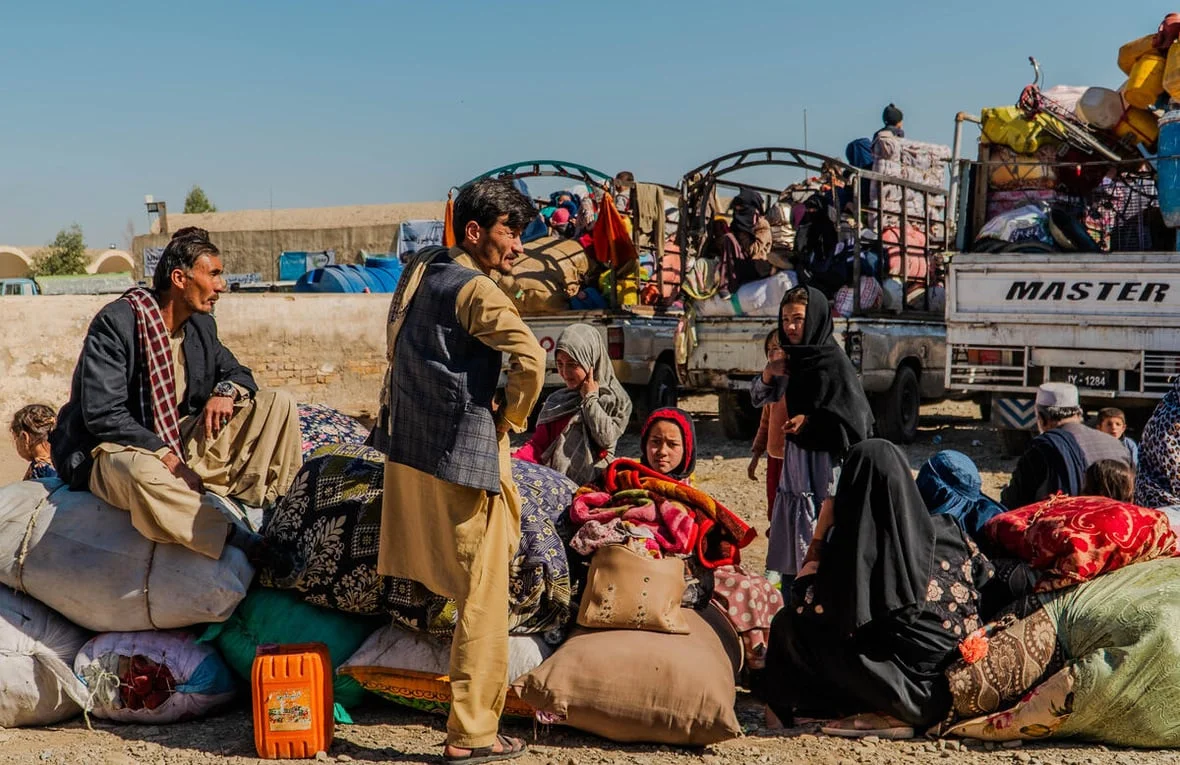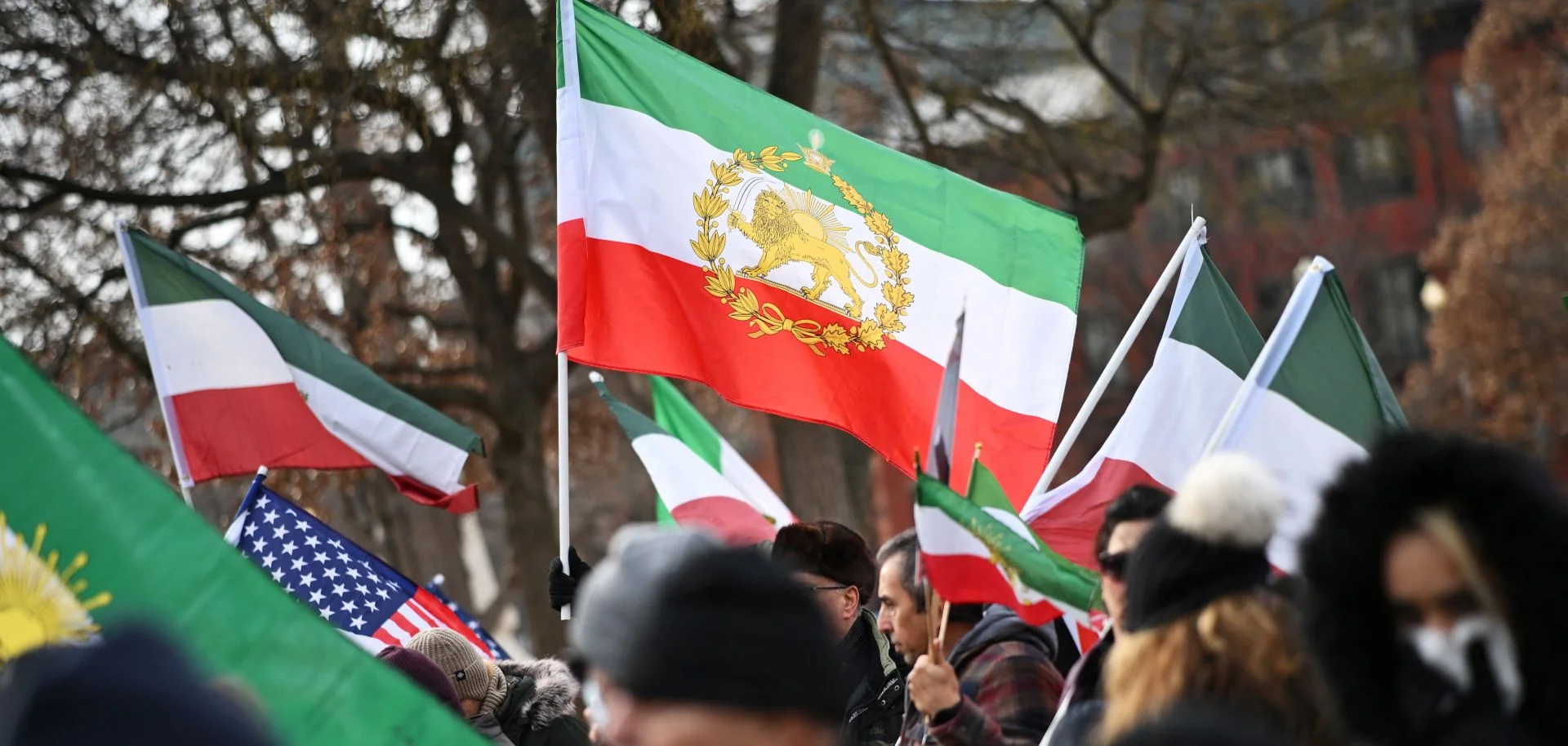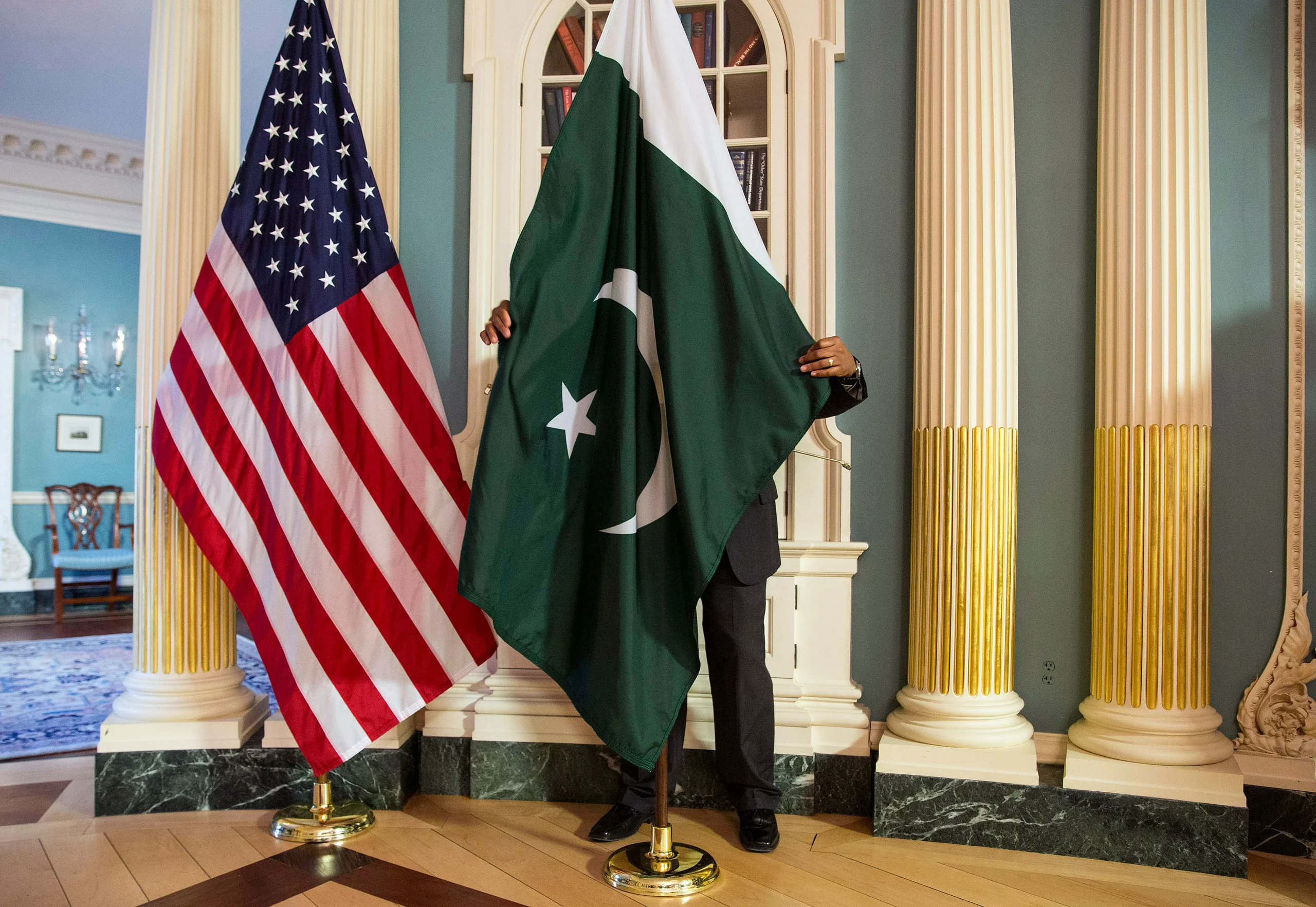On 29th/30th January 2024, the Baloch Liberation Army (BLA) and her affiliated sub-organizations conducted a coordinated and 48-hour-long attack on Mach, in the Southern province of Pakistan; Balochistan. Since 3rd November 2023, it was the largest attack carried out against the Law Enforcement Agencies in Balochistan.
“A combined operation by BLA’s Majeed brigade, Special Tactical Operations Squad (STOC), Fateh squad, and Intelligence Wing is underway” – BLA spokesperson claimed via a digital social media platform and termed this as “Operation Dara e Bolan”. The attack was executed from multiple locations targeting LEAs, Civil Armed Forces (CAF), and police at the same time but was repulsed with an apt, timely, and coordinated response by the LEAs.
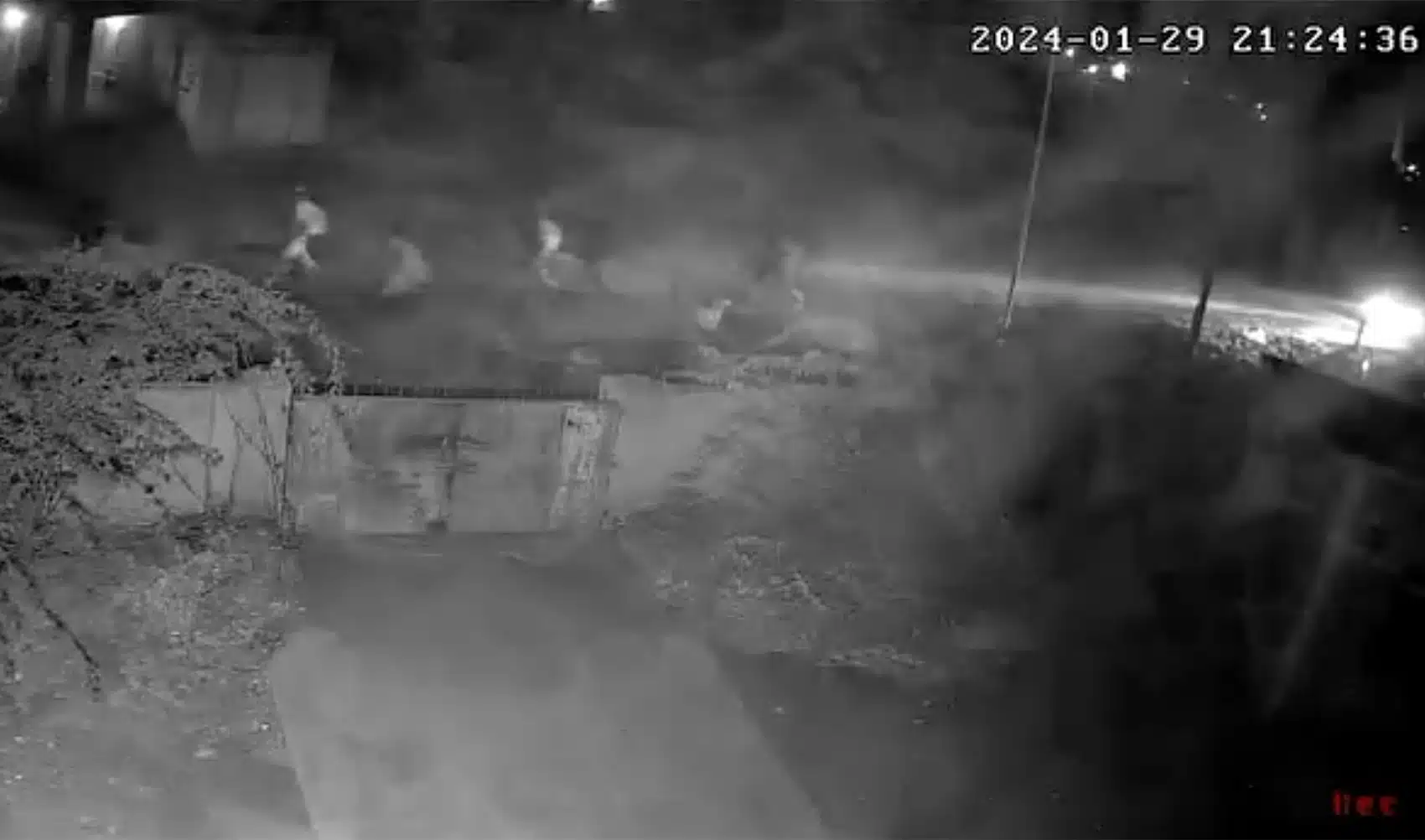
Before the attack, a group claiming to seek justice for missing persons in Balochistan had returned after weeks-long protests in Islamabad without any tangible results to their cause- but it had unfortunately made it to some international headlines. The ongoing Balochistan militancy poses a significant challenge to the country’s security, characterized by a sophisticated interplay of narratives and terror.
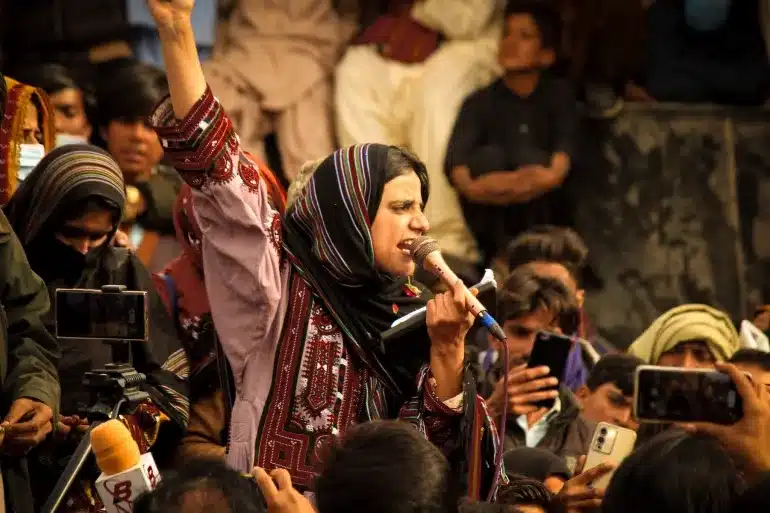
Balochistan Terrorism and BLA
The continuing Balochistan terrorism remains a challenge to the security of Pakistan, marked by a clever play of narratives and terror.
At the center of this protracted conflict lies the Baloch Liberation Army (BLA) and its affiliate groups, seeking unconstitutional autonomy in the resource-rich region through violence and challenging the state of Pakistan.
Since January, a series of attacks on law enforcement personnel in Balochistan and tribal parts of the country has been observed, revealing deep coordination among terror outfits such as BLA, Baloch Raji Aajoi Sangar (BRAS), Tehrik-e-Taliban Pakistan (TTP), and other smaller groups. These attacks coincided with the February 2024 elections in Pakistan, prompting an environment of heightened alertness in the country
These terror groups including the BLA have combined different tactics for attacks. The BLA is adept at guerrilla warfare, employing hit-and-run tactics that disrupt Pakistani military and government forces. BLA has been operating in small, mobile units to attack personnel at remote locations, but they have been met with much stronger measures and retaliations by the state forces led by clearance operations of the areas.
Another tactic the group has been demonstrating is ambushes targeting military convoys and strategically placed improvised explosive device (IED) attacks of BLA’s warfare tactic against the state presence in the region.
The terror outfit has also adapted its terror tactics to urban environments. Targeted assassinations and bombings within cities pose a significant challenge for Pakistani authorities. The external support dynamics of the Balochistan militancy cannot be ignored as well.
Credible evidence suggests that the BLA receives external support, including weapons, funding, and training from sympathetic foreign entities.
Some of these entities are believed to reside in the bordering towns of Iran and Pakistan; where Pakistan later attacked and killed militants, some of whom were considered missing.
Read More: After the Airstrikes
This external assistance, however, enhances the group’s capabilities and extends its reach, making it imperative for Pakistan to address these external connections. BLA and her affiliated organizations have increased the number of attacks indicating robust financial and logistics support to conduct such anti-state activities in the province. These attacks appear to be a last-ditch effort to seek attention from international media.
BLA’s Propaganda and Information Warfare
In addition to military activities, the BLA engages in propaganda and information warfare to garner support for its cause and undermine the legitimacy of the Pakistani state. Through social media platforms and clandestine networks, the group disseminates its narrative of Baloch resistance and portrays itself as the vanguard of Balochistan’s liberation struggle.
The BLA strategically employs the use of media to garner support and amplify its cause narrative.
Through social media platforms and traditional channels, the group disseminates its narrative, presenting itself as a force fighting for the rights and independence of the Baloch people, while the ground realities are different from their claims. The extensive online presence is not only used for amplification but also for recruitment. This needs to be shut down completely by the state.
Under the guise of human rights abuses, abductions, genocide, and occupation by the state of Pakistan in Balochistan, women associated with the militants are fighting a political and ideological battle against the state, while some from the Majeed Brigade have been involved in suicide attacks. These tactics are being used to garner international support and the attention of human rights organizations to pressure the state into their demands. So far, the group is recognized only as a militant group that remains under watch by friendly authorities.
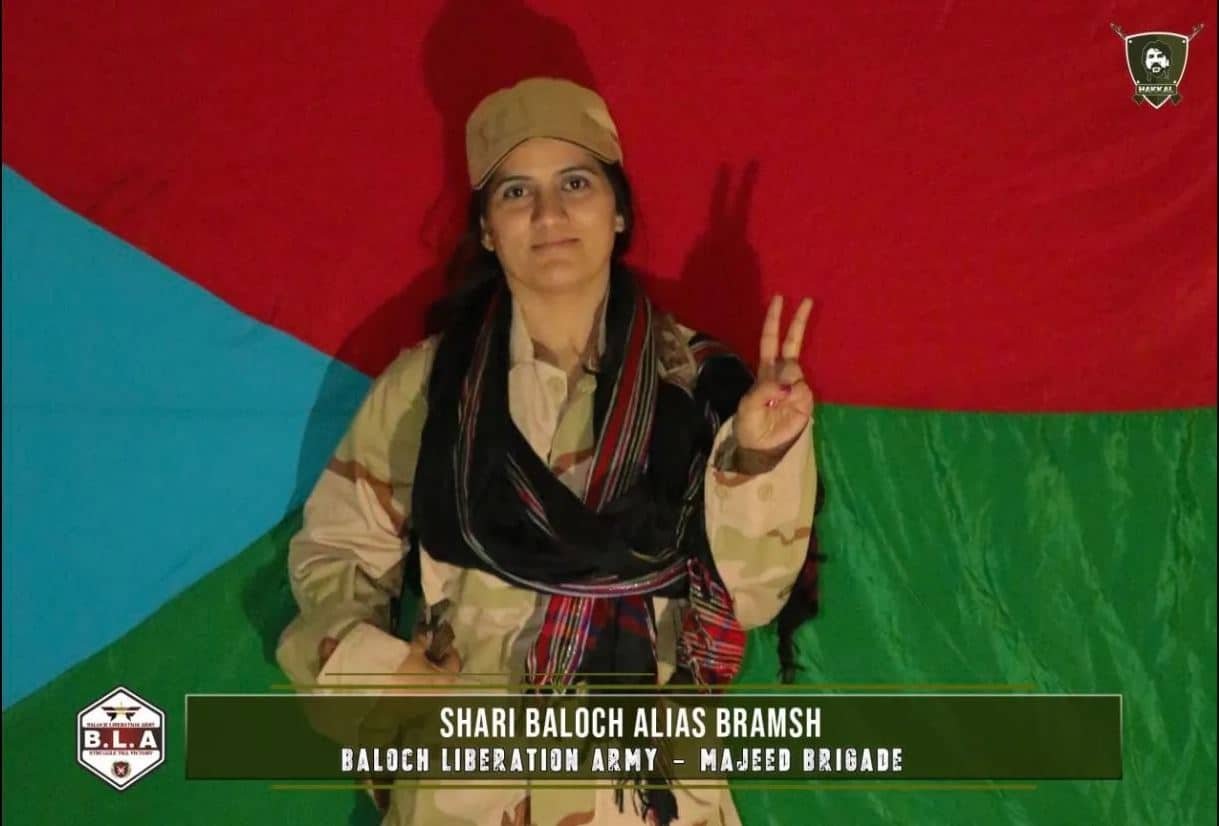
Balochistan and Its Significance for Pakistan
Balochistan holds great geo-economic importance for Pakistan due to its land and sea connectivity, as well as its natural resources.
However, it also remains a point of conflict, with attempts to derail China-Pakistan’s flagship project of CPEC – China-Pakistan Economic Corridor. The BLA has long opposed the project, labeling it as resource colonization and targeting economic installations, as well as nationals working on the project. Additionally, the group continues to target and kill laborers from different ethnic backgrounds. But continues the charade of being oppressed by the state itself.
Read More: China: The Pakistan Variable
While the lack of good governance on behalf of the state can be debated and challenged without the use of violence, the claims of those involved in terrorism do not hold legitimate grounds as well. After the 18th Amendment, which enhanced the autonomy of the provinces, Balochistan was unable to catch up with the development experienced by the rest of the provinces, leaving the locals with a sense of deprivation which the Baloch separatists fed on till date.
The narrative that has been built upon this extended criticism and blame of maltreatment towards the presence of military and other law enforcement branches; With a population of over 21,977,000 individuals, approximately 21.9 million, the number of the combined law enforcement presence is exaggerated if compared in response to the claims by those who accuse the state of abductions.
Despite having raged for years, these Baloch outfits have not achieved any political wins for Balochistan or the common people who suffer from their violence. They even discouraged locals from participating in elections. As a matter of fact, the BLA continues to pose a menace to both locals and the state through violence, yet it has weakened its ideology and failed to appeal to the locals. It is time the militant group is viewed for what it is, and not for the mask it shows to the world.
The views expressed in this article are the author’s own. They do not necessarily reflect the editorial policy of the South Asia Times.

